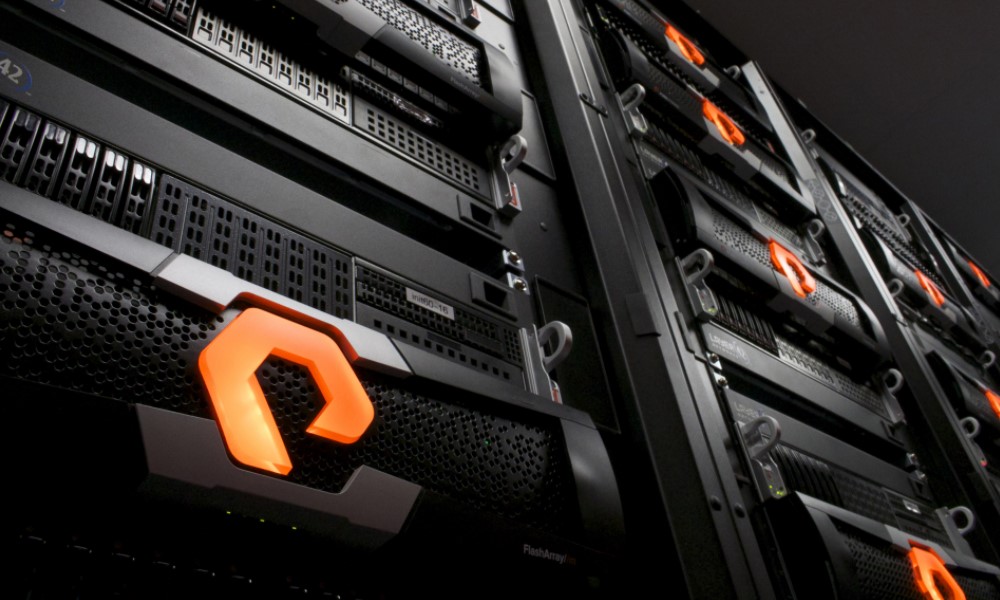

Pure’s roadmap also includes automating and driving the cloud, operating in both on-premises and multi-cloud environments. To do that, a key component of the modern data experience is modernizing the infrastructure.” Essentially, we map out the customer journey to what we call a modern data experience, which is fundamentally delivering a cloud operating model. We’ve got a lot of things on the roadmap. Ultimately what we’re trying to do is enable technology teams to become internal multi-cloud storage service providers. the positioning with the profile of the company from storage infrastructure to also include modern data services. We’re moving our agenda more and more up stack and more multi-cloud infrastructure and Kubernetes-agnostic accelerating operations with one-click automation. “We’re also going up to modern data services with Portworx Data Services.

“What we’re doing is driving an agenda where we’re not only focusing on what we traditionally did, which was best-in-class infrastructure, but also driving up the cloud operating model through modernizing operations,” Pure Chief Product Officer Ajay Singh tells The Next Platform. The twelve-year-old company this week continued the trend with the release of its Pure Fusion storage-as-code platform and Portworx Data Services database-as-a-service (DBaaS) platform, providing automated management capabilities to DevOps engineers responsible for juggling testing, development and production demands with such requirements as performance, availability and security. At the time of the acquisition, Pure Chairman and CEO Charles Giancarlo wrote in a blog post that modern organizations were embracing Kubernetes and containers as key elements in their embrace of cloud-native technologies and that Portworx would expand Pure’s reach in offering data services. Pure has continued to expand what it can do, as illustrated by its $370 million acquisition late last year of Portworx, a move that expanded its data services capabilities via Portworx’s Kubernetes-based multicloud platform. It made block, file and object storage available as a service, with all the cloud goodness of agile operations and economics. Starting out as a pioneer in the all-flash storage space, the company has evolved to offering its products as services, launching a flexible consumption model for block storage in 2017 and rolling out its Evergreen Storage Service (ES2) - offering its technologies through subscriptions a year later and eventually renaming it Pure as-a-Service.
#Pure storage software#
That has forced established datacenter tech providers to evolve from hardware makers to software and services providers, as seen with vendors like Hewlett Packard Enterprise launching its GreenLake platform, Dell Technologies with Apex and Lenovo with TruScale. However, this shift - along with the rise of such modern technologies as containers, Kubernetes, artificial intelligence, and data analytics - also has given rise to demand from enterprises for more cloud-like capabilities in their datacenters, from on-demand resources to flexible consumption models.

Over that past several years, that has morphed into hybrid clouds and multiclouds, with organizations sending some workloads to multiple public clouds while keeping some - for a variety of reasons, from security and compliance to expense and latency - on premises. The cloud era started off with the belief that, eventually, enterprises would migrate all of their workloads to the public cloud - drawn by the promises of greater flexibility and agility, cost reductions, manageable OPEX payment models, and the ability to shift responsibility for management of IT environments to the cloud providers themselves.


 0 kommentar(er)
0 kommentar(er)
